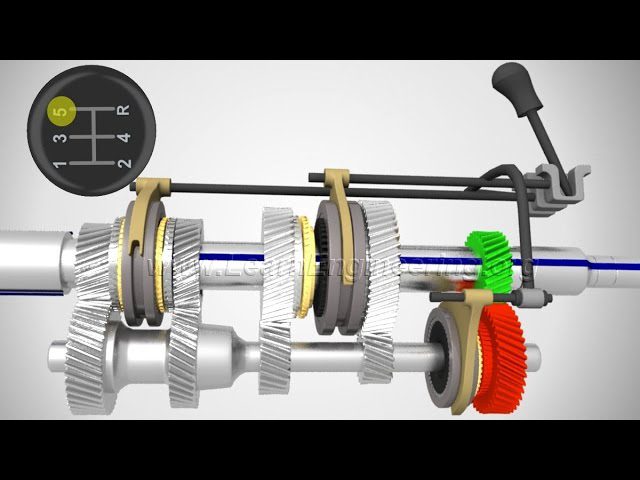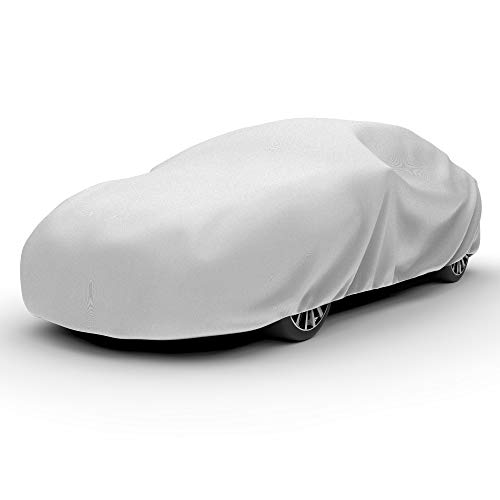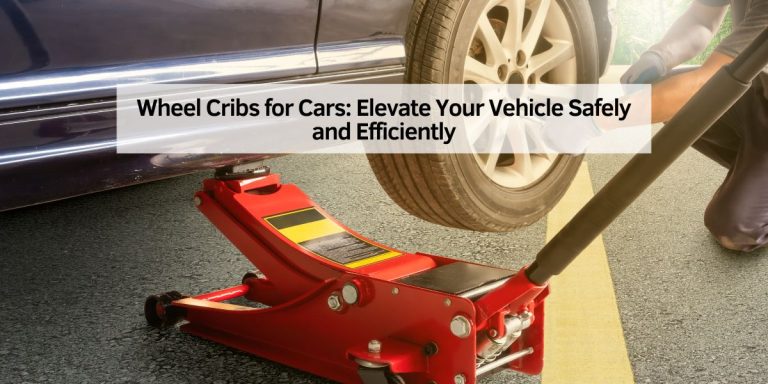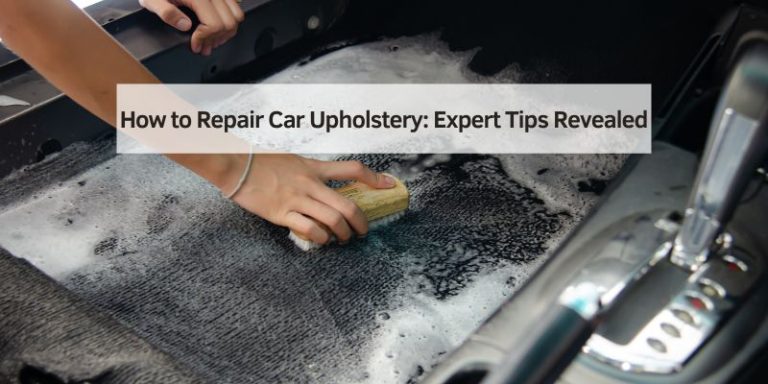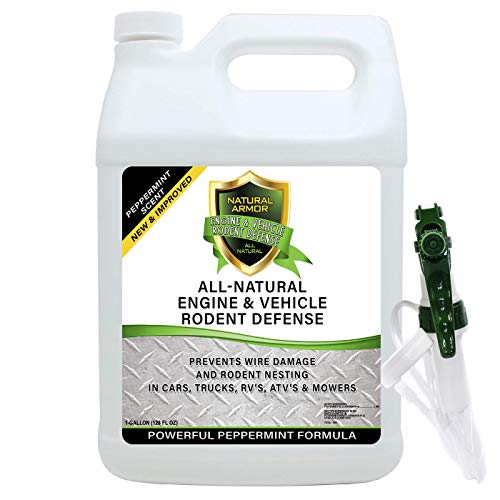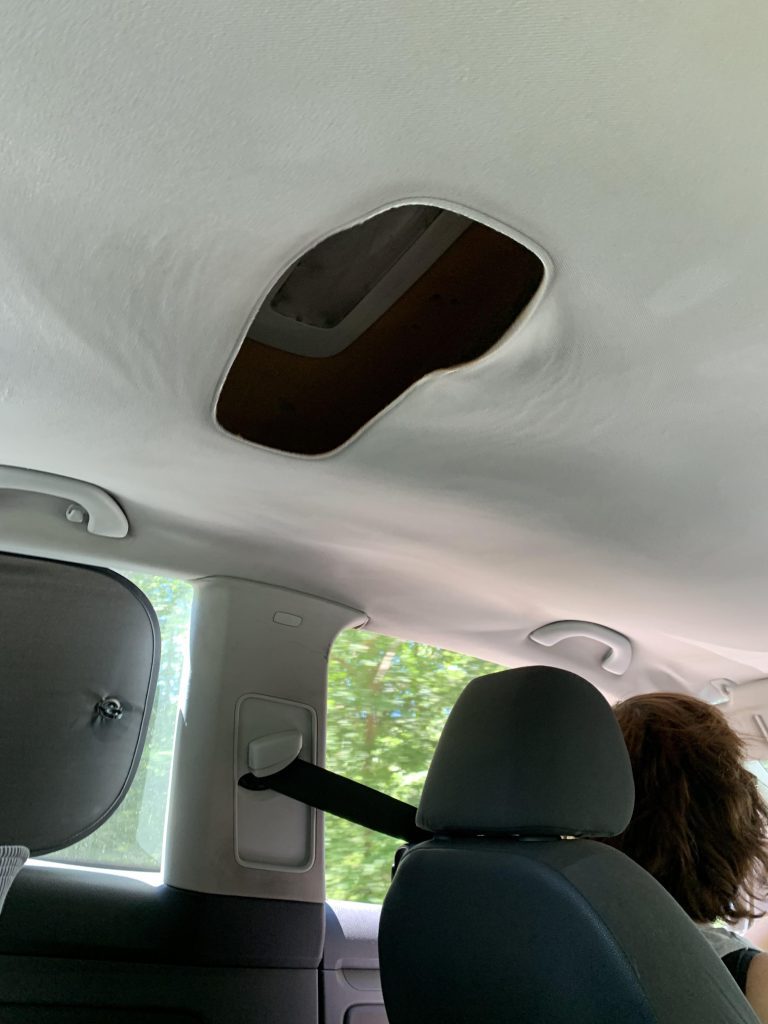How Do Gears Work in a Car: Unveiling Their Secrets
Gears in a car change how fast and smoothly it moves. They help the engine transfer power to the wheels efficiently.
Understanding gears is key to knowing how a car works. Cars use gears to control speed and power. Each gear helps the engine perform better at different speeds. Low gears give more power for climbing hills or starting from a stop.
High gears allow the car to cruise at higher speeds with less effort. This helps save fuel and makes driving smoother. Gears work with the engine, transmission, and wheels to ensure the car runs well. Learning about gears can make driving more enjoyable and help maintain your car. Let’s explore how gears make driving easier and more efficient.
Introduction To Gears
Gears help a car move. They change speed and power. Small gears make the car go fast. Big gears give more power. Gears work with the engine. They turn the wheels. Each gear has a job. First gear helps start the car. Fifth gear helps drive fast. Gears keep the engine safe. They stop it from working too hard.
Cars need gears. Gears make driving easy. They help the car climb hills. Without gears, cars can’t move well. Gears save fuel. They make driving smooth. Gears help the car stop. They change speed quickly. Every car has gears. Trucks have more gears. Sports cars have special gears. Gears are very important.

Credit: auto.howstuffworks.com
Types Of Gears
Spur gears have straight teeth. They are the most common gears. These gears are very simple and easy to make. They are also very strong. But they can be noisy. This is because the teeth collide suddenly. Spur gears are used in many machines. They work best at low speeds. In cars, they help with simple tasks.
Helical gears have teeth that are slanted. They are quieter than spur gears. The teeth slide smoothly. This makes them quieter and smoother. Helical gears are strong and durable. They can handle more load. These gears work well in cars. They are used in the transmission system. Helical gears help cars change speeds easily.
Gearbox Essentials
A manual transmission lets drivers change gears by themselves. They use a clutch pedal and a gear stick to do this. Pressing the clutch pedal disconnects the engine from the wheels. It allows drivers to shift gears smoothly. The gear stick moves into different slots. Each slot is for a different gear. Lower gears help the car start moving. Higher gears help the car go faster. Drivers need to listen to the engine. They decide when to change gears. It needs practice but gives more control.
An automatic transmission changes gears by itself. It uses a torque converter instead of a clutch. This makes driving easier. The car chooses the best gear for the speed. Drivers only use the gas pedal and brake pedal. The gearbox has settings like P for park and D for drive. Automatics are good for traffic. They are easy for beginners. They help drivers focus more on the road.
Role Of The Clutch
The clutch lets the engine and wheels connect or disconnect. It’s important for smooth driving. When you press the clutch, the gearbox can change gears. This stops power from the engine for a moment.
Engagement process means joining two parts. The clutch does this by pressing a plate against the flywheel. The plate and flywheel spin together. When you lift your foot, they stick tight. This makes the car go.
Sometimes, the clutch can slip. This means it’s not holding well. This can make the car slow. Regular checks keep the clutch working right. Good maintenance is key.
Gear Ratios Explained
Gears help cars move fast or slow. Speed and torque are key here.
If a car needs to go fast, a smaller gear turns a bigger one. This means less power but more speed.
For power, a big gear turns a small one. This gives more power but less speed.
Gears help drivers control their car. It’s like magic but with science.
Gears can be more or less efficient. Efficiency depends on how the gears fit.
Smooth gears save energy. Rough gears waste energy.
Lubrication is another factor. It helps gears move better.
Less friction means more efficiency.
The right gear at the right time saves fuel.
It’s like a dance that saves power.

Credit: www.howacarworks.com
Synchronization In Gears
Synchromesh helps in smooth gear shifting. It matches the speed of gears. This makes gear change easy. Drivers feel less jerk while shifting. Synchromesh has tiny parts inside. They help gears fit together well.
Gears must shift smoothly for a comfy ride. Synchromesh plays a big role. It reduces friction between gears. Less friction means less wear. This keeps the car running well. Also, it saves money on repairs. Drivers enjoy a quiet and smooth drive. No loud noises or sudden stops.
Common Gear Problems
Gears in a car transfer engine power to the wheels, controlling speed and torque. Common problems include gear slippage, unusual noises, or difficulty shifting. Regular maintenance helps prevent these issues, ensuring smooth and efficient vehicle operation.
Gear Slippage
Gear slippage occurs when gears don’t stay in place. The car might lose power. This can make driving unsafe. Worn-out gears often cause this issue. Improper lubrication can lead to slippage too. Regular maintenance can prevent this problem. It’s important to check gears often. Fixing slippage can save money and time. Always listen for unusual sounds from the gearbox. Slippage is a common issue in older cars.
Noise Issues
Noisy gears can be annoying. Grinding or clicking sounds are signs of trouble. These noises often mean gears are damaged. Dirty gears can cause noise problems. Lack of oil can lead to noise in the gearbox. Regular oil changes help keep gears quiet. Pay attention to any new noises. Early detection can prevent bigger issues. It’s best to fix noise problems quickly. Smooth gears mean a peaceful drive.
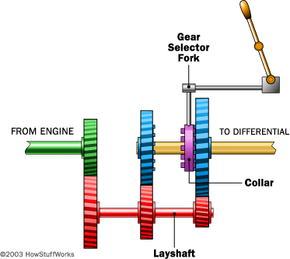
Credit: auto.howstuffworks.com
Future Of Gear Technology
Gears in cars transfer power from the engine to the wheels, controlling speed and torque. They mesh together, allowing vehicles to move smoothly at various speeds. Future advancements may enhance efficiency and reduce wear, improving overall vehicle performance.
Advancements In Design
Gears are getting smarter. Engineers work hard to make them better. New materials make gears lighter and stronger. This helps cars go faster. It also saves fuel. Computers help design gears with better shapes. These shapes help gears turn smoothly. Better designs mean less noise and less wear. This makes cars last longer. Smart gears can adjust by themselves. They match the best speed for driving. This helps save energy. It also makes driving easier.
Impact Of Electric Vehicles
Electric cars use different gears. They need fewer gears to run. This makes them simpler. Electric motors are strong. They don’t need many gears to start. They can change speeds easily. Fewer gears mean less maintenance. This is good for drivers. Electric cars are quieter than regular cars. This is because of their simple gears. More people want electric cars now. This helps the environment too. Gears in electric cars are different but important.
Frequently Asked Questions
What Does The Gear 1, 2, 3, 4, 5 Mean?
Gears 1, 2, 3, 4, 5 represent different speed and power levels in a vehicle. Gear 1 offers high power for low speeds, ideal for starting or climbing. Higher gears, like 5, provide more speed with less power, suitable for cruising on highways.
Adjust gears based on speed and road conditions.
What Does 1st 2nd And 3rd Gear Do?
1st gear provides maximum torque for starting or climbing. 2nd gear increases speed, suitable for city driving. 3rd gear offers moderate speed and efficiency for highways.
Is Gear 1 High Or Low?
Gear 1 is considered low gear. It provides maximum torque and power, ideal for starting and climbing steep hills.
What Gear For What Speed?
Use first gear for starting and slow speeds. Switch to second gear for 10-20 mph. Third gear is ideal for 20-30 mph. Use fourth gear for 30-40 mph. Fifth gear suits speeds above 40 mph. Adjust based on road conditions for optimal performance.
Conclusion
Understanding how gears work in a car helps you drive better. Gears control speed and power. They make driving smooth and efficient. Proper use of gears can extend your car’s life. Learn the basics of gears for safer driving. Practice shifting gears to improve your skills.
Always pay attention to your car’s sounds and performance. This knowledge will enhance your driving experience. Happy driving!

